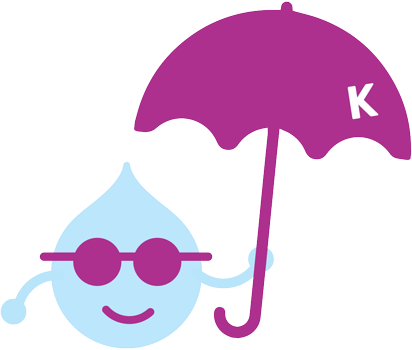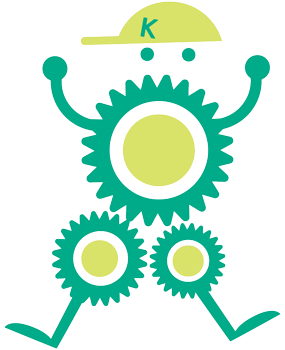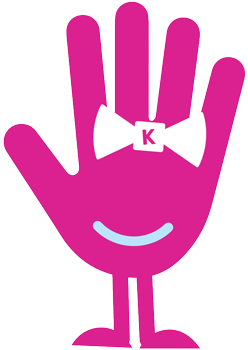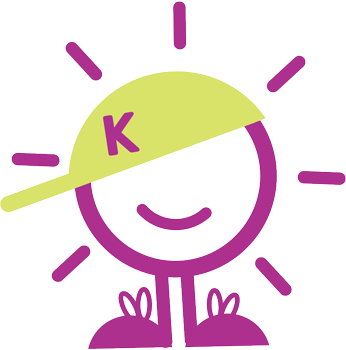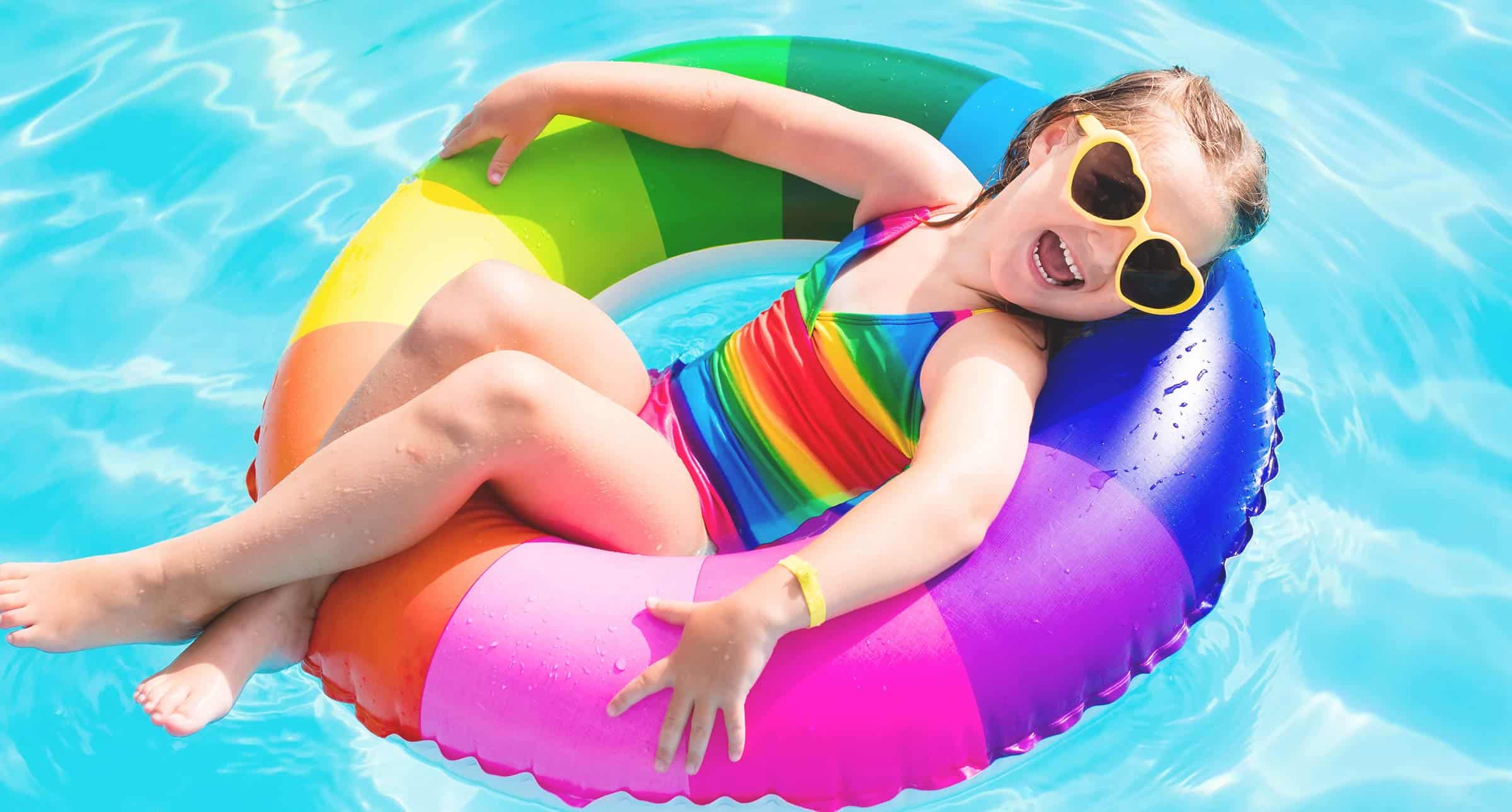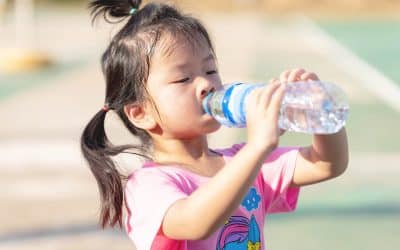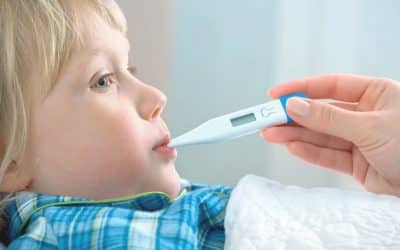Sun Safety For The Whole Family – Q & A
What is a sunburn?
A sunburn is inflammation of the skin caused by ultraviolet (UV) light from the sun.
Why do I need to prevent sunburn?
Sunburns increase the risk of developing other problems, including: -skin cancer -skin wrinkles and other skin blemishes, such as brown spots -cataracts, which can cause problems with vision Also, sunburns can be painful.
Is sun tanning okay?
No. Tanning also increases the risk of skin cancer and skin blemishes. So, sunburn or sun tan = skin damage.
How do I get a sunburn?
A sunburn can happen by staying in the sun for too long.

Can I get a sunburn on a cloudy day?
Yes. The sun’s skin-damaging UV rays can pass through clouds. Also, the sun’s rays can reflect off of other surfaces (e.g., cement, water, sand, snow) and cause sunburn. So, wear sunscreen and protective clothing even on cloudy days.
Can I get a sunburn in the shade?
Yes. The sun’s rays can reflect off of other surfaces (e.g., cement, water, sand, snow) and cause sunburn. So, wear sunscreen and protective clothing even while in the shade.
Can I get a sunburn on a cold day?
Yes. Heat doesn’t damage the skin, UV rays from the sun do.
How do I prevent sun damage?
-
- Avoid sun exposure as much as possible, especially between the hours of 10:00 AM and 4 PM, even on cloudy days.
- Protect exposed skin with sunscreen and protective clothing. –
- Protect eyes with sunglasses that provide 100% protection against UV rays.
What kind of clothing should I wear to protect my skin?
Protect exposed skin with:
- wide-brimmed hat
- long-sleeve shirt
- long-sleeve pants
- long skirt/dress
Make sure these articles of clothing are made of tightly woven materials.
Dark fabrics protect better than light fabrics, which can reflect UV rays onto the skin or eyes.
What sunscreen should I use?
The best sunscreens have:
- SPF of at least 30
- protection against both UVA and UVB rays
Higher SPF sunscreens may be best if you:
- plan to be exposed to the sun for a long time
- plan to be exposed to intense sun (e.g., at the beach or skiing)
- are fair-skinned
How do I put on sunscreen?
15-30 minutes prior to sun exposure, apply sunscreen liberally to all exposed skin.
When should I reapply sunscreen?
Sunscreen should be reapplied every 2-3 hours or after:
- sweating
- swimming
- drying off with a towel
- rubbing the skin
For greater protection, some experts recommend reapplying sunscreen as early as 20 minutes after going outside.
That way, any exposed skin you might have missed when you first put on sunscreen will get completely covered.
Can I put sunscreen on my baby?
Sunscreens are not recommended for children under 6 months of age. Instead, use protective clothing and sunglasses to protect your baby.



